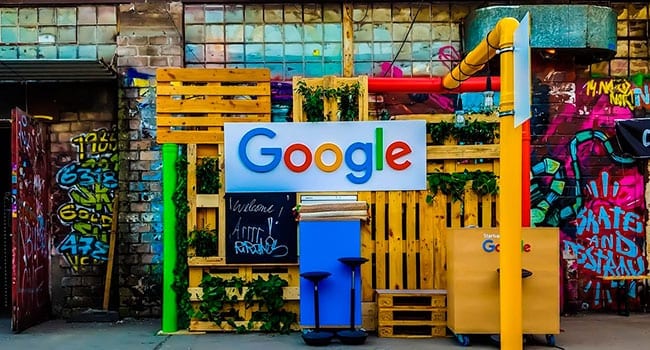 Google announced in late March an US$800-million-plus commitment to support small- and medium-sized businesses, health and government organizations, and health workers on the front line.
Google announced in late March an US$800-million-plus commitment to support small- and medium-sized businesses, health and government organizations, and health workers on the front line.
Part of that initiative is US$340 million in Google Ads credits. To qualify, you must have spent money with Google Ads in the past 10 out of 12 months and in January or February of this year.
The ad credit amount will vary by customer based on past Google Ads spending, the billing address of your country and the currency of the Google Ads account.
Each eligible customer will receive one credit up to a maximum amount of what is equivalent to US$1,000.
To see if you have any credit, go to your account. Go to the top bar, Tools ◊ Billing ◊ Promotions. If you have a credit, this is where it will be. And if you have ever received a “spend $50, get $50” offer from Google, you would enter the promotion code here as well.
Now that you have some free money, it’s time to allocate it to your ad spend. Here are some ways to effectively use your newfound budget:
Copy well-performing ads
Do whatever is working – again. No need to reinvent the wheel if you have a top-performing ad. Copy it and put your credit towards that campaign.
You can add some new and relevant information to the copied ad, such as new curbside pickup or new hours. You know this ad is probably going to perform, so putting more money towards it will improve your click-through rate (CTR) and improve your conversions.
Remember, you don’t want to mess with your reporting and budget – so create another campaign that you duplicate and then turn off when the credit is gone.
Consider more than search ads
YouTube and display ads are more of a push strategy on Google search, but they can increase your brand awareness and retarget your website audience.
YouTube ads are a great way to advertise with video. YouTube is the second largest search engine next to Google and YouTube is owned by Google. When you go onto YouTube and you’re waiting for a video to load, it will often give you an ad to watch. This is where your ads would go.
Display ads are visuals (like images and videos) that are placed on relevant websites where your potential customer might also be. Display ads are more awareness, and search ads are there to capture people looking for your product or service with intent to purchase.
Start to use remarketing as part of your strategy
With this newfound budget, it might be time to start retargeting your website visitors. Having a Google Pixel on your website allows you to retarget those customers who were on your website at a later date with your Google ads.
Display advertising and YouTube advertising are very effective with remarketing/retargeting campaigns.
If your website is new or not promoted well, and you don’t have a lot of visitors, it will just take a little longer to grow these retargeting audiences. This is where you would promote your website on your other online platforms and drive traffic to your website.
Once you get your credit and apply it to your account, I hope these strategies will give you some ideas to try something new with your Google Ads credit. Keep in mind that these credits will expire in December 2020 and they’re to be used this year.
Donita Fowler is an online marketer who supports entrepreneurs in their quest to be the boss of their online platforms.
Donita is a Troy Media Thought Leader. Why aren’t you?
The views, opinions and positions expressed by columnists and contributors are the author’s alone. They do not inherently or expressly reflect the views, opinions and/or positions of our publication.


